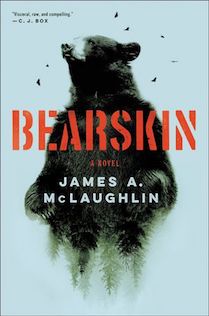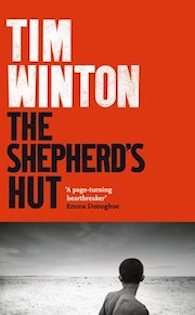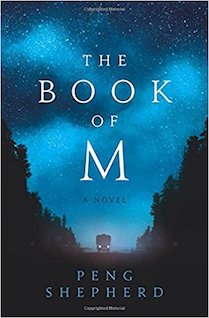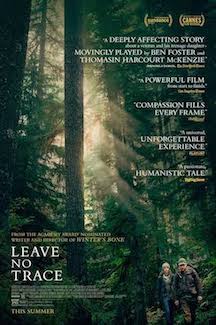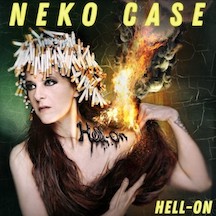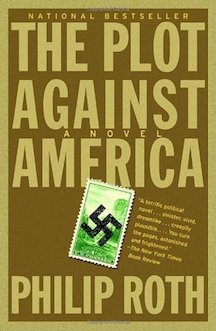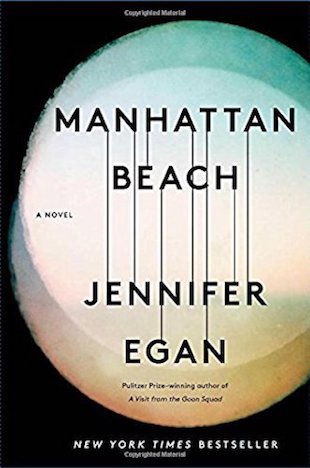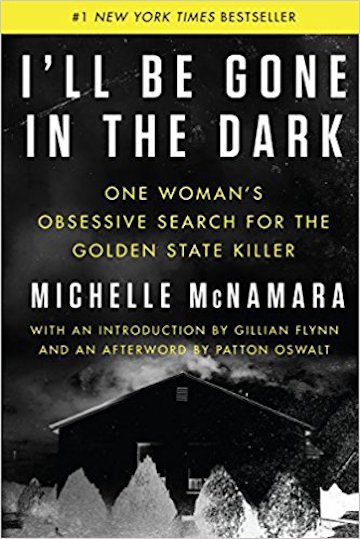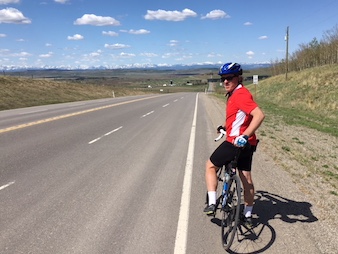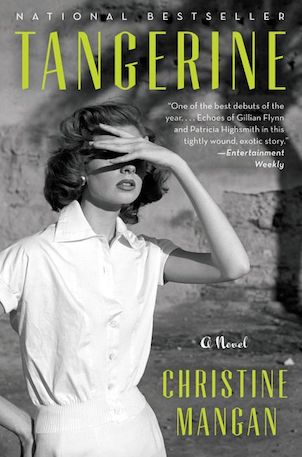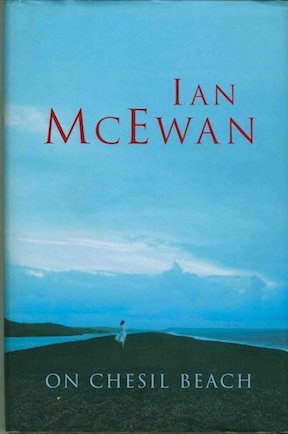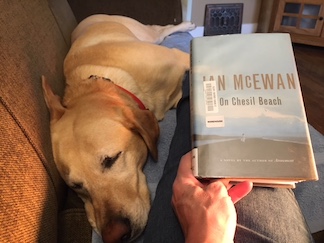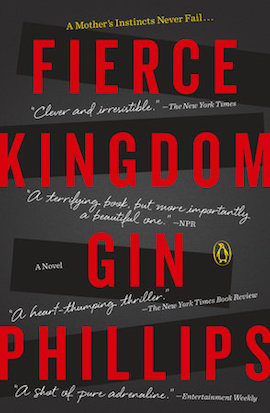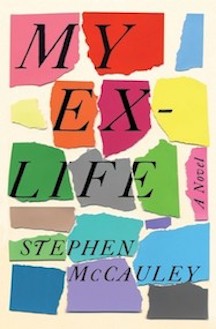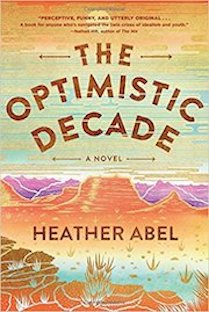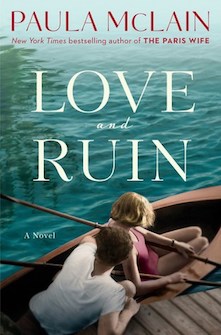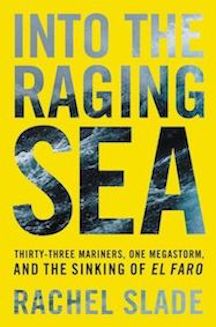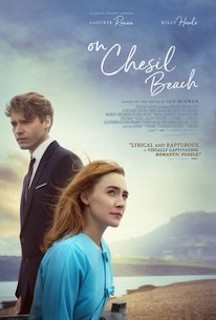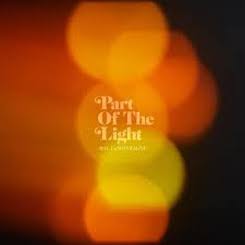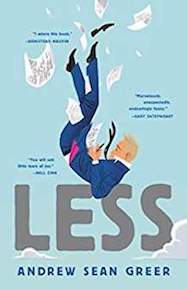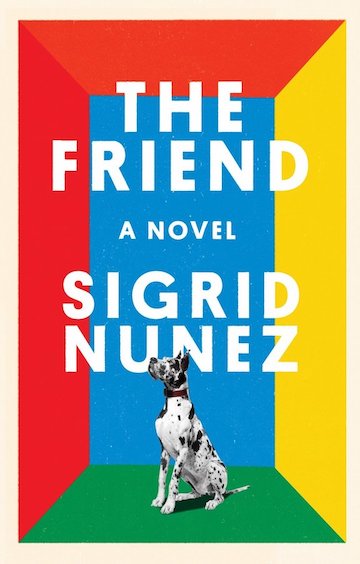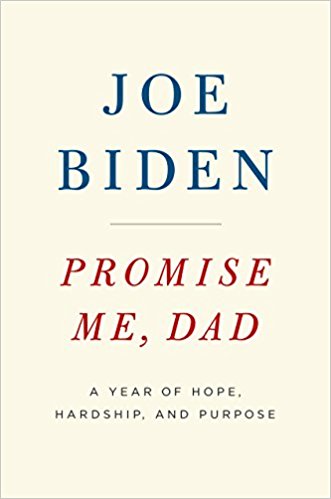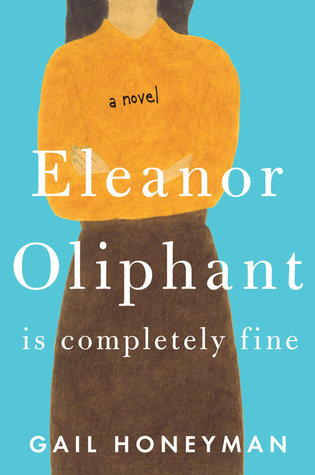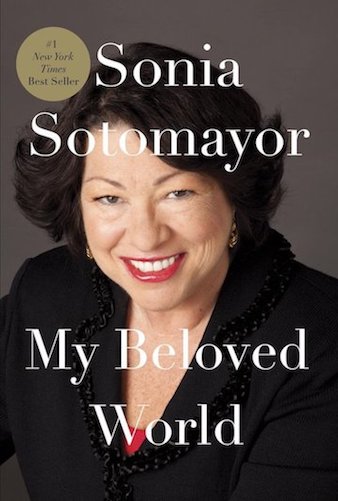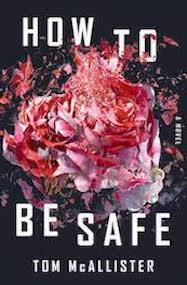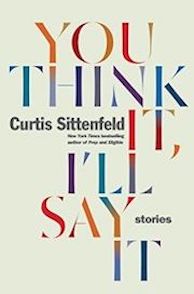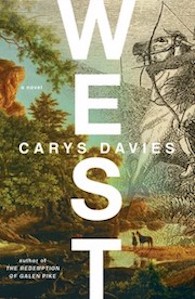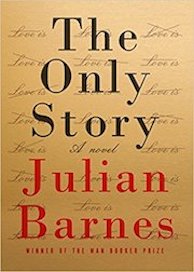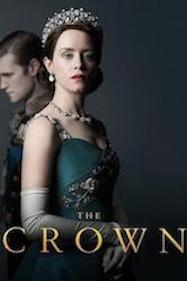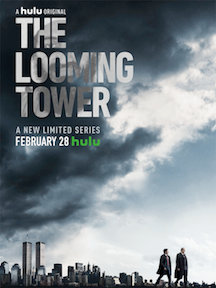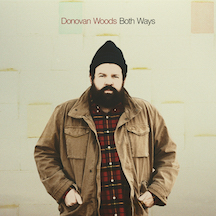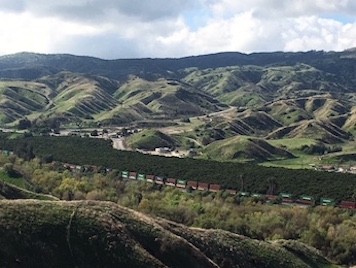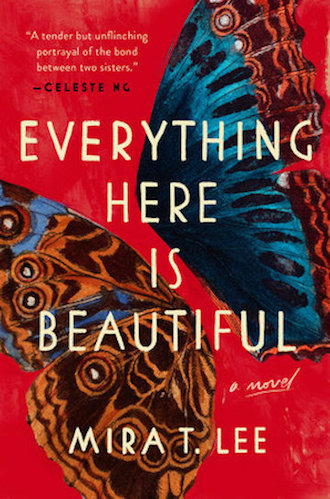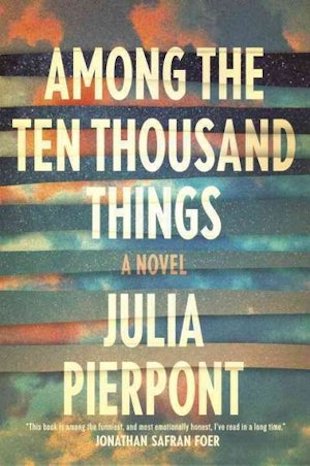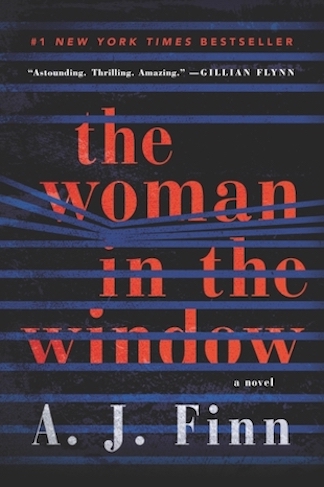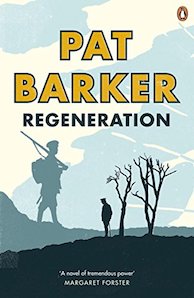
Later this week we’ll be headed overseas for our trip to the U.K. and France to visit a few historical sites, which is all very exciting. I think I’ll be bringing Pat Barker’s novel “Regeneration” and Barbara Tuchman’s history “The Guns of August” and perhaps something else. I know taking an e-reader would be much easier, but I prefer the print versions, so I guess I’ll suffer the added weight to the backpack … like we used to rough it in the old days. 🙂 I should be back at the start of July to catch up with everyone and see how their summer is going, and their reading, of course.
Meanwhile in book news, I want to congratulate Kamila Shamsie for winning the 2018 Women’s Prize for Fiction last week for her novel “Home Fire,” which was a favorite of mine from last year. Kudos to this talented Pakistani-British author, who has plenty of great books ahead of her. And for now, I’ll leave you with a few reviews of what I finished lately.
I was happy to receive an advance copy of Fatima Farheen Mirza’s debut novel “A Place for Us” as the early buzz for it’s been strong. It’s scheduled to publish on Tuesday and is the first novel of Sarah Jessica Parker’s new imprint — SJP for Hogarth. Hmm, who knew?
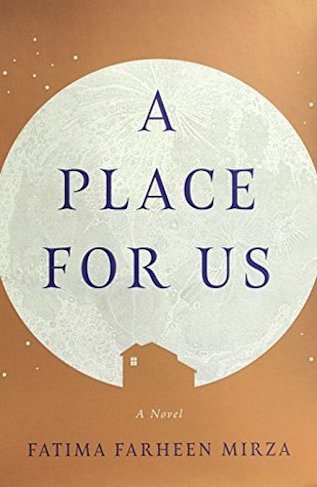
For her first pick, Parker’s chosen what she explains is “an exquisitely tender-hearted story of a Muslim Indian American family caught between cultures.” For those like me who are often suckers for immigrant family sagas (or second-generation ones) such as those by Celeste Ng and various others, I had to check it out. Though perhaps this story reminded me a bit more of Jhumpa Lahairi’s 2003 novel “The Namesake,” for those who are familiar with that one.
“A Place for Us” opens with the Indian wedding in California of Layla and Rafiq’s daughter Hadia, who’s their golden child — soon to be a doctor — and the older sister of Huda and Amar. Hadia’s marriage is a match of love and not arranged like her parents’; and her sister Huda hopes to follow in her footsteps — into the working world and with marriage. But her brother Amar, you learn, has just returned after being out of touch with the family for three years to be at his sister’s wedding. Uh-oh, as it goes on … all seems not right, and you begin to wonder what has happened in the family and why Amar, the youngest, has been estranged.
The story then jumps back in time to tell about the family’s beginning: of the parent’s arranged marriage in India, their move to California and of the youths of their three children there. The parents are strict and adhere to their Muslim faith in their new home country, enforcing rules on their kids who each handle straddling the two cultures to various degrees. It’s right around the time of 9/11 and thereafter, and the backlash pressure on the kids as Muslims at school is high, along with their parent’s pressures on them to achieve academic success, and not sin or partake in temptations: therein forbidding social gatherings, expensive clothes, drugs and alcohol, and unauthorized fraternizing between the sexes.
Unfortunately Amar’s not cracked up to be as abiding or as dedicated a student as his sisters, which leads to fights with his quick-tempered father. Amar’s a poet at heart, with different sensibilities, getting into trouble at times, smoking weed with his friends as a teen, and falling for Amira, who lives in their tight-knit Muslim community but is above his league and from a prominent family. Soon they start meeting in secret, sharing a bond over a tragedy that takes place in Amira’s family. All is bliss for a while as they try to work out how they can be together in life …. until eventually what happens to their forbidden love — and the betrayals revealed thereafter — fractures Amar’s family and leads you to wonder … whether there will someday be a chance of reconciliation with Amira or his family.
Ahhh it’s reminiscent of “West Side Story” and “Romeo and Juliet.” And the betrayals, too, in the story are pretty heart-wrenching. I wanted to shake the characters, especially the parents for being, so set in their traditional world and strict faith that they overlook the happiness of their own kids, restricting many of their activities, even while trying to do right by them. It all seems pretty suffocating. Yet the last 80 pages of the novel are from the father’s point of view, which makes him seem a bit more sympathetic than I initially thought, though I just wish he could’ve seen the light sooner. In fact, none of the characters are all bad or all good. It’s one of those stories in which they each have secrets, or agendas, or vices, but hold close ties to one another as well.
In this way, I liked its nuances, and insights into living amid two cultures. I’m guessing that the 26-year-old author (wow!) drew on her own experiences as a Muslim American growing up in California. I thought “A Place for Us” was quite well done and gives a sensitive portrayal of each, though you should also know it’s a slow-burn of a novel that forms a picture of the family over many years. It’s a bit slow-going in places and goes over — with its back and forth chronology — some of the same internal conflicts within the family (from different perspectives) a few times over. Its focus pertains to the Muslim faith quite a bit — though it also speaks to the miscommunication and what happens in a lot of families. I found it a worthy debut.
Disclaimer: I received a free copy of the print edition of this book from the publisher SJP for Hogarth, which is a division Penguin Random House, in exchange for an honest review. Thanks to Lisa Munley at TLC Book Tours for contacting me about reviewing it.
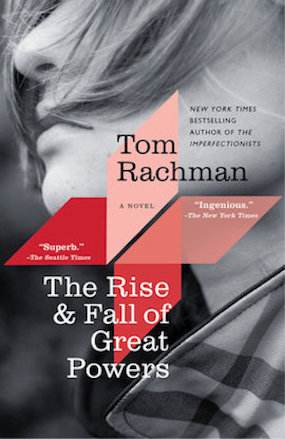
Next up, I listened for a couple of weeks to the audiobook of Tom Rachman’s 2014 sprawling novel “The Rise & Fall of Great Powers,” which is a wild, ambitious story about a 32-year old bookstore owner in Wales (known as Tooly) as she takes a journey to try to piece together the mysteries of her peripatetic childhood and of those who raised her. There’s her father Paul who took her around Asia, and the effusive Sarah who hailed from Kenya, and the mysterious Venn, who Tooly thinks is her benefactor. It’s told throughout the novel from three alternating time periods of Tooly’s life, from Thailand in 1988 with her father Paul; in New York City in 1999 with a law student named Duncan; and in Wales as a book shop owner in 2011, trying to find out more about her youth.
Oh my, it’s a lively tale with some endearing offbeat characters such as Fogg who works at Tooly’s bookstore in Wales, and Humphrey, an elderly Russian émigré who tries to shelter her as a kid. The story is a bit all over the place: some parts are humorous, other parts philosophize a bit much, and still other parts are geographical and historical. Luckily the secrets of Tooly’s upbringing are finally revealed at the very end and she seems to have grown from her search and understanding. The ending — with her chance at love and a new beginning — made me quite happy for her, thank goodness.
It’s a story that’s rather unwieldy and uneven, but still I was pulled in and engaged by many parts of it — Tooly herself is pretty endearing– and I had to see it through. It reminded me a bit of Jonathan Franzen’s novel “Purity,” which is also a long tale about a female protagonist trying to figure out her puzzling past and parentage. Some of Rachman’s colorful settings and characters via the audio version were definitely worth the price of admission.
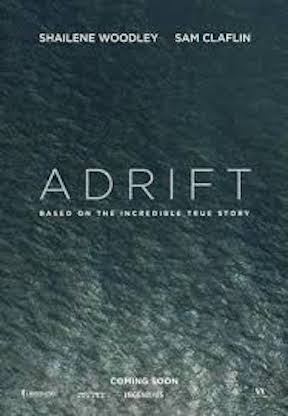
Lastly my husband and I saw the sailboat movie “Adrift” on Saturday and can recommend it. I know it received some bad reviews, but it kept us on the edge throughout — as a tale of survival about a young couple who en route from Tahiti to San Diego find themselves caught in a hurricane — holy smokes. “Adrift” is taken from a true story from 1983 about a couple on a sailboat in the Pacific who were hit by Hurricane Raymond.
The less you know about the movie, or what happens, the better. Needless to say, its telling — which goes back and forth in time during the movie — of the couple before they left land, and then of them after the storm, I found quite effective and kept me on my toes. The actors, too — Shailene Woodley and British actor Sam Claflin — play their parts well and look good in the sun and on a boat. You get a sense that the woman is tough and well adept at water sports and adventures and knows how to handle herself. I saw one headline that said “Adrift” was a sailing survival film for the #MeToo age. Ha, though it’s taken from 1983. Women were tough then too! The scenery also is quite alluring (the film apparently was shot in Fiji and New Zealand). Perhaps the only cheesy thing I found about the movie was that the young couple’s dialogue seemed quite weak in it and the movie’s background music seemed at times over-the-top. Those two things can ruin plenty of decent movies.
Still my husband likes to sail so we were glad to see it. I think we try to see all of the sailing movies, perhaps one of the last was Robert Redford in “All Is Lost,” which is another survival tale at sea. And we still are awaiting “The Mercy” with Colin Firth starring as sailor Donald Crowhurst, but its release date in North America seems to be screwed. For now we’ll settle for “Adrift,” which was taken from the 1998 book by Tami Oldham Ashcraft called “Red Sky in Mourning” — a copy of which my husband read long ago and has been sitting in the “sailing survival section” of his bookshelves for years.
That’s all for now. What about you — have you read these books, or seen the movie — and if so, what did you think?




